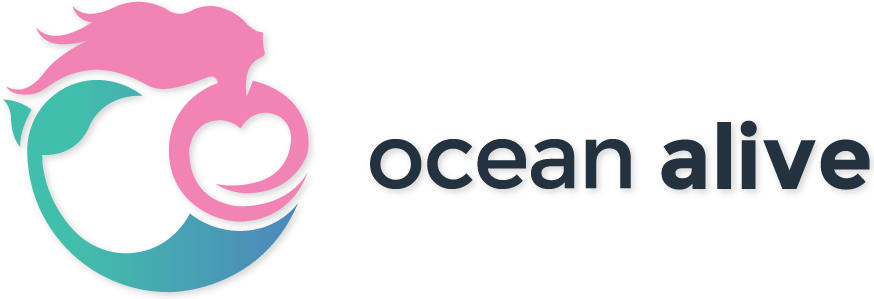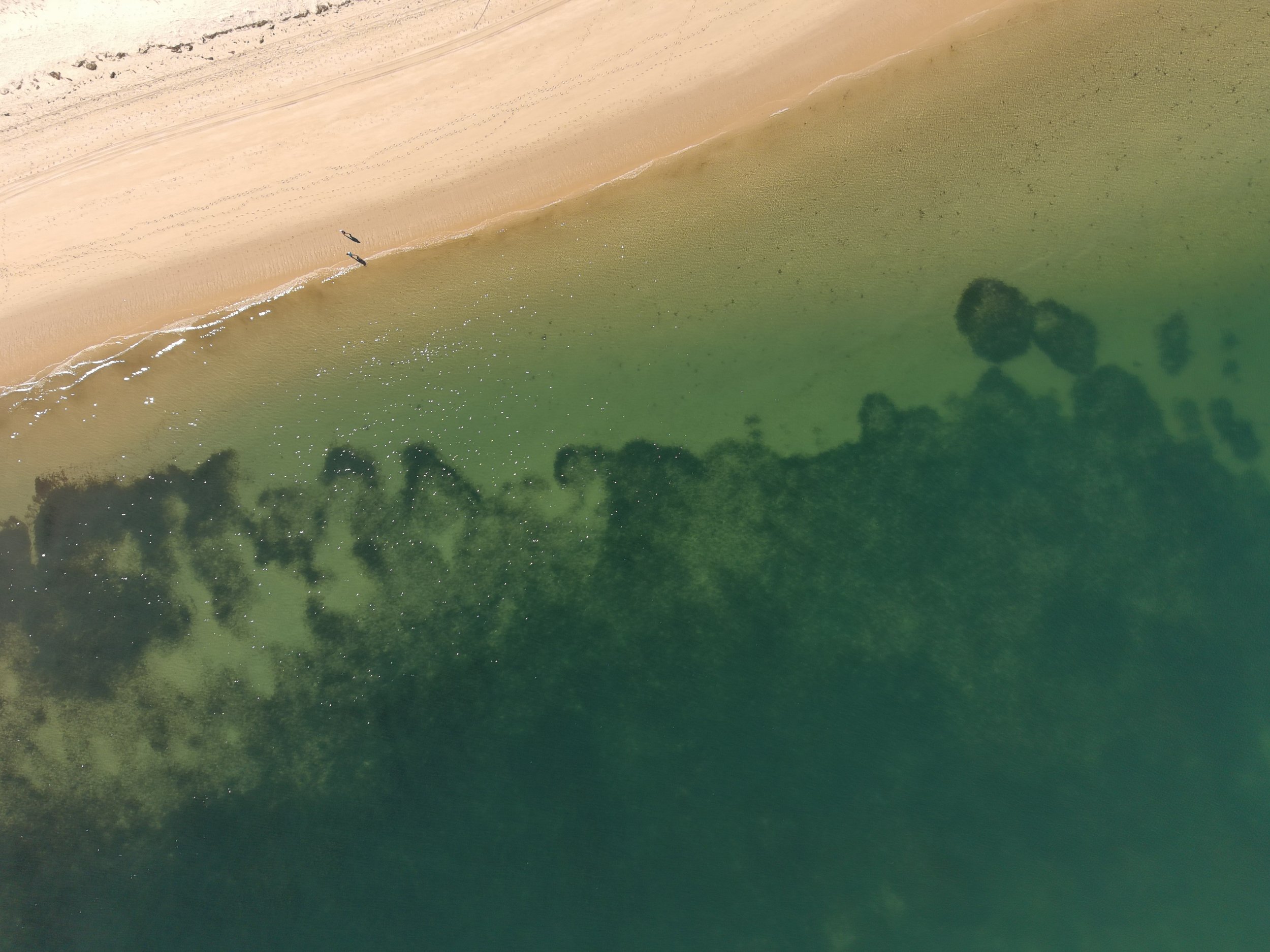GUARDIANS OF THE SEAGRASS
MEADOWS PROGRAM
Program to support companies, organizations, and citizens in the mapping
of the seagrass meadows of the Sado estuary.
start: 2021
end: ONGOING
Seagrass meadows are in decline across the planet. They are among the habitats with the highest ecological value and yet remain some of the least known—essential for a healthy Ocean.
Ocean Alive created an action plan in response to the loss of seagrass meadows. The Guardians of the Seagrass Meadows Program seeks support from companies, organizations, and citizens to ensure the mapping and monitoring of 29 seagrass meadows in the Sado estuary, while also sustaining the profession of meadow monitors, carried out by the Keepers of the Sea. Once mapped, the meadows are monitored and can no longer be ignored.
By maintaining the Guardians of the Seagrass Meadows Program, we identify the threats to the integrity of seagrass meadows and seek solutions to mitigate their impacts or eliminate them altogether. We do this through the creation of new projects, such as the shellfishing project, which aims to combat destructive harvesting practices of marine species, or through the development of proposals and recommendations for navigation management, directed to stakeholders and local decision-making bodies.
It is also thanks to the program that we identified an area within the Sado estuary with potential for co-restoration of natural oyster reefs and seagrass meadows, which led to the creation of a new project.
Discover each of the meadows and contribute to their conservation! Join the 4th edition and learn more about the program here!
ANNUAL REPORTS
Results Reports of the Annual Mapping of Seagrass Meadows in the Sado Estuary (in portuguese).
Discover the Location of the Seagrass Meadows in the Sado Estuary
Figure 1. Mapping of seagrass meadows in the Sado estuary conducted by Ocean Alive between 2019 and 2024. The minimum mapped area of seagrass meadows by Ocean Alive in the Sado estuary is 190.91 ha. This figure is based on the total area mapped in 2023|2024 and the areas mapped in previous years under the Guardians of the Seagrass Meadows Program and restoration and conservation projects.
Mapping and Monitoring of Seagrass Meadows
Figure 2. 1, 2, 3, 5 – On-foot mapping of seagrass meadows; 4 – Seagrass of the species Zostera marina; 6 – Seagrass of the species Zostera noltei; 7, 9 – Intertidal seagrass meadow; 8, 16, 17 – Aerial view of seagrass meadows; 10 – Zostera marina and a burrowing starfish; 11 – Conger eel at a spring low tide; 12 – Sea urchin; 13 – Freediving-based mapping; 14 – Subtidal seagrass; 15 – Scuba diving-based mapping; 16 – Satellite-based mapping; 7, 18 – Drone-based mapping; 19 – Patch of seagrass affected by destructive shellfishing; 20 – Discarded salt packages used in razor clam harvesting and; 21 – Vessel anchored over a seagrass meadow. Photos 1, 2, 3, 4, 6, 8, 9, 10, 11, 12, 14, and 15 – © Ocean Alive;Photo 8 – © Ranna and; Photos 13 and 18 – © SeaTrees and Protect.Blue.
GUARDIANS OF THE SEAGRASS MEADOWS PROGRAM (2024|2025).
4th EDItion
GUARDIANS OF THE SEAGRASS MEADOWS PROGRAM (2023|2024).
3rd EDIÇÃO
GUARDIANS OF THE SEAGRASS MEADOWS PROGRAM (2022|2023).
2nd EDIÇÃO
GUARDIANS OF THE SEAGRASS MEADOWS PROGRAM (2021|2022).
1st EDIÇÃO
Alignment with the Sustainable Development Goals
Seagrass meadows sequester and store large quantities of carbon in their biomass and sediment. Their carbon sequestration capacity has an average value of 830 kg of carbon per hectare per year (1), approximately 30 times higher than that of terrestrial forests (2). Mapping and identifying seagrass meadows—key allies in climate change mitigation—is the first step in advocating for their conservation to decision-makers.
Through the program, we regularly monitor seagrass meadows, which allows us to identify threats to their integrity, such as the harvesting of marine animals using destructive techniques. By developing solutions to these threats, we protect the meadows and preserve the rich marine biodiversity that depends on them.
We empower women from the fishing community by training them in GPS technology and in mapping and monitoring seagrass meadows, promoting both digital inclusion and seagrass literacy. The program fosters their active participation in marine conservation and creates new opportunities.
We also created and sustain new professions for women in the fishing community, the Sea Guardians, who work as Seagrass Meadow Monitors. Through this role, we value their traditional knowledge of the Sado estuary, promote collaboration in data collection that contributes to scientific projects, and provide them with a complementary income to fishing.
References:
1. Fourqurean JW et al., 2012. Seagrass ecosystems as a globally significant carbon stock. Nature Geoscience 5, 505–509.
2. Mcleod E. et al., 2011. A blueprint for blue carbon: toward an improved understanding of the role of vegetated coastal habitats in sequestering CO2.


























































